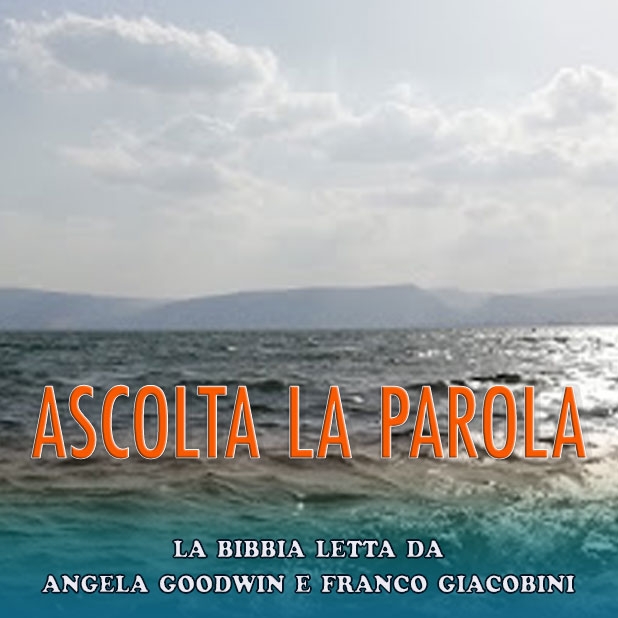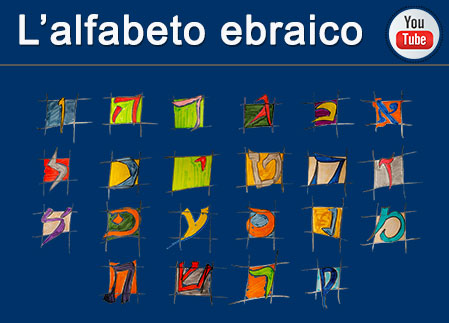Pontifical Commission "Justitia et Pax"
Città del Vaticano 02/1989
In February 1989 the Pontifical Commission "Justitia et Pax" promulgated a document of 45 pages on the Church and Racism subtitled "Towards a more Fraternal Society". Written at the request of the Pope "to help enlighten and awaken consciences about "the reciprocal respect between ethnic and racial groups as well as their fraternal coexistence", the text unequivocally affirms that "harbouring racist thoughts and entertaining racist attitudes is a sin against the specific message of Christ". (n. 24)Part I examines racist behaviour throughout history, highlighting certain periods. We quote extracts relating to the Jewish People:
2... "The Hebrew people, as the Books of the Old Testament testify, were aware to a unique degree of God's love for them, manifested in the form of a gratuitious covenant with him. In this sense, since they were the object of a choice and a promise, the Hebrew people stood apart from others. The criterion of distinction, however, was God's plan of salvation unfolded in history. Israel was considered the Lord's very own amongst all peoples. The place of other peoples in salvation history was not always clearly understood in the beginning, and these other peoples were at times even stigmatized in prophetic preaching to the degree that they remained attached to idolatry. They were not, however, the object of disparagement or of a divine curse because of their ethnic diversity. The criterion of distinction was religious, and a certian universalism was already foreseen."
7. . . "It is well known that the National Socialist totalitarian made a racist ideology the basis of its insane programme aimed at the physical elimination of those it deemed belonging to 'inferior races'. This party became responsible for one of the greatest genocides in history. This murderous folly struck first and foremost the Jewish people in unheard-of proportions, as well as other peoples, such as the Gypsies and the Tziganes, and also categories of persons such as the handicapped and the mentally ill. It was only a step from racism to eugenics, and it was quickly taken.
The Church did not hesitate to raise her voice! Pope Pius XI clearly condemned Nazi doctrines in his Encyclical, Mit brennender Sorge, stating in particular: 'Whosoever takes race, or the people or the State... or any other basic value of the human community in order to withdraw them form (their) scale of values... and deify them through an idolatrous cult, overturns and falsifies the order of things created and established by God'? On 13 April 1938, the Pope had the Sacred Congregation for Seminaries and Universities address a letter to all Rectors and Deans of Faculties, asking all professors of theology to refute, using the method proper to each discipline, the scientific pseudo-truths which which Nazism justified its racist ideologies? As early as 1937, Pius XI had begun to prepare another major Encyclical on the unity of the human race which was to condemn racism and anti-Semitism. Death overtook him before he could make it public. His successor, Pope Pius Mt took certain elements from it for his first Encyclical ,Summi Pontificatus and especially for his 1942 Christmas Message in which he stated that among the erroneous postulates of juridical positivisms 'must be included a theory which claims for such and such a nation, race, class, the Juridical instinct', supreme imperative and norm without appeal' .The Pope launched a vibrant appeal for a new and better social order: 'Humanity owes such a commitment to hundreds of thousands ofpersons who, w ghoul the slightest guilt on their part, but simply because they belong to a given race or nationality, are doomed to death or to gradual extinction' 5 In Germany itself, there was a courageous resistance on the part of the Catholic Church to which Pope John Paul II referred on 30 april 1987 during his second visit to that country.
This insistence on the drama of Nazi racism should not make us forget other massive exterminations of pop ulat ions, such as that of the Armenians right after World War I and, more recently, for ideological reasons, that of an important part of the Cambodian people.
The memory of such crimes must never be erased. The young generations and those yet to come must know to what extremes persons and society are capable of going when they yield to the power of scorn and hatred.
In Africa and Asia, there are societies in which there is still a sharp division of castes as well as social stratifications that are difficult to overcome. The phenomenon of slavery, once more or less universal in both time and space, has not unfortunately totally disappeared. Such negative signs–and many others could be enumerated – are not always rooted in racist philosophical conceptions in the strict sense hut instead reveal the existence of a rather widespread and troubling tendency to use other human beings for one's own ends and, by that very fact, to consider them of lesser value and, as it were, of an inferior status."
Part II deals with "Forms of Racism Today" and describes various situations throughout the world. Para.15 reads:
'Amongst the marufestations of sy stematic racial distrust, specific mention must once again be made of anti-Semitism. If anti-Semitism has been the most tragic form that racist ideology has assumed in our century, with the horrors of the Jewish 'holocaust , it has unfortunately not yet entirely disappeared. As if some had nothing to learn from the crimes of the past, certain organizations, with branches in many countries, keep alive the anti-Semite racist myth, with the support of networks of publications. Terrorist acts which have Jewish persons or symbols as their target have multiplied in recent years and show the radicalism of such groups. Anti-Zionism– which is not of the same order, since it questions the State of Israel and its policies–serves at times as a .vcreen for anti-Semitism, feeding on it and leading to it. Furthermore, some countries impose un due harassments and restrictions or the free emigration of Jews."
Part III is entitled "The Dignity o Every Race and the Unity of Human kind: the Christian Vision". Situating the doctrine of the equality of ever; human person in Divine Revelation para. 20 reads:
"Revelation, indeed, insists just a: much on the unity of the human fami ly: all persons created in God have du same origin. Whatever may, throu ghoul history, have been thei dispersion or the accentuation of thei differences, they are destined to fom one sole family according to God': plan established 'in the beginning'. Ii the first man, the unity of all human kind, present and future, i: typologically affirmed. Adam – fron adama, the earth – is a collective sin gular. It is the human species which i. the 'image of God'. Eve, the first wo man, is called 'the mother of all rhos( who live',8 and from the first couph `the human race was born', and eve ryone is of the 'family of Adam'. A: St. Paul told the Athenians: 'From oni single stock he... created the whob human race so that they could main: the entire earth', and so everyone car say with the poet that they are of Go d's same 'race'.
The choice of the Jewish people does not contradict this universalism It was a divine pedagogy which wan ted to assure the preservation am development of faith in the Eternal who is unique, thus giving a basis ti the ensuing responsibilities. If tin people of Israel were aware of a spe cial bond with God, they also affimiet that there was a Covenant of the entin human race with him 12 and that, even in the Covenant made with them, all peoples are called to salvation: 'All the tribes of the earth shall bless themselves by you', God told Abraham."
Emphasizing the Church's vocation of "realizing the unity of humankind, the document acknowledges the failings and sins of her own members (as also does paras 25 & 33). Part III ends with the moral consequences of the Christian teaching which can be summarized in three key words ''respect for differences, fraternity, solidarity".
The final part of this document is entitled "Contribution of Christians, in union with others, to promoting fraternity and solidarity amongst races" and is concerned with practical measures. Recognising that the eradication of racial prejudice demands a change of heart, it calls for a strengthening of spiritual convictions regarding respect for differences. The role of Pastors and Educators is fundamental. The way of life of Christians must concretise these convictions. The defence of victims of racial hatred, the struggle for human rights of minorities and the special importance of education in schools are stressed. The role of the United Nations and the Holy See is described and the example of the Bishops of the United States and of South Africa is cited. In the conclusion apartheid is condemned but also all forms of discrimination are to be firmly opposed. Catholics are called upon to work side by side with others to change racist attitudes "including those within her own communities". The message proposed to everyone and which the Church tries to live is "Every person is my brother and sister".
106 visualizzazioni.
Inserito 01/01/1970
Relazioni Ebraico-Cristiane
Ultime novità nel sito
- 19/04/2020: Articolo - L’enigma della Maddalena
- 23/02/2020: Articolo - Il locus amoenus nelle catacombe ebraiche e cristiane di Roma
- 16/02/2020: Articolo - Il profetismo nel Vicino Oriente antico
- 13/02/2020: Articolo - I Profeti della Cappella Sistina
- 09/02/2020: Articolo - Gerusalemme e la Terra Santa di Israele


